By Meghan Harmon
I’m often asked which items in our collection stand out as favorites. It’s naturally hard to pick among so many treasures. The one I’ve chosen to tell you about today is special not just for what it is (and that’s pretty impressive on its own), but also because in so many ways it often helps me engage with the various letters, pieces of ephemera, and wonderful professionals that researchers will discover when they pay a visit to the Abraham Lincoln Presidential Library and Museum.
The book is the 1860 Life and Speeches of Abraham Lincoln and Hannibal Hamlin by William Dean Howells. What makes this book unique is Lincoln himself made pencil annotations in this copy’s margins. While the ALPLM holds the original, a wonderful facsimile copy was made by the Abraham Lincoln Association in 1938 and can be viewed here.
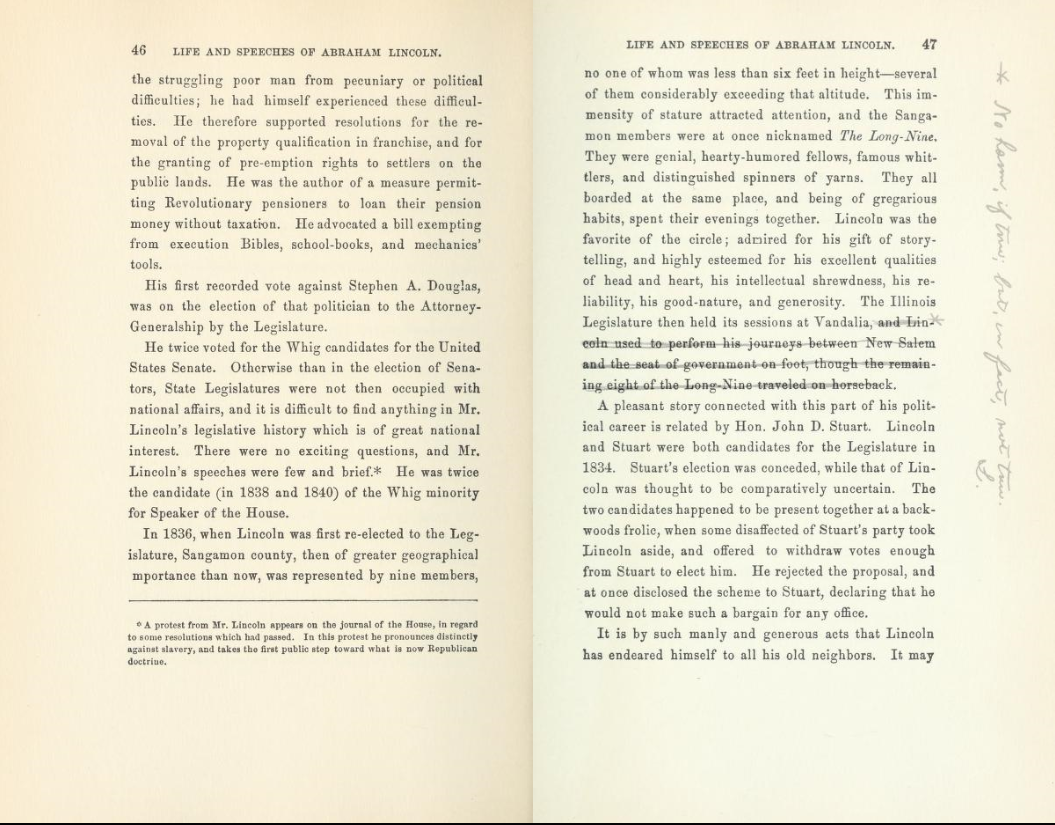 A copy of Life and Speeches of Abraham Lincoln and Hannibal Hamlin, with a note by Lincoln in the margin. (Abraham Lincoln Association)
A copy of Life and Speeches of Abraham Lincoln and Hannibal Hamlin, with a note by Lincoln in the margin. (Abraham Lincoln Association)
When I first set out to learn more about this book and its creation, I turned to my colleague Gayle Newenham in the Papers of Abraham Lincoln (PAL). PAL is a project that seeks to digitize and make available all items written by or to Abraham Lincoln. They have gone to various locations around the world to scan these documents and several relate to this very book. For instance, Gayle showed me a telegram from the publisher which reads, “In connection with your debates with Douglas we have announced your biography please designate your pleasure if any as to who the writer shall be. Follett Foster and Co.”
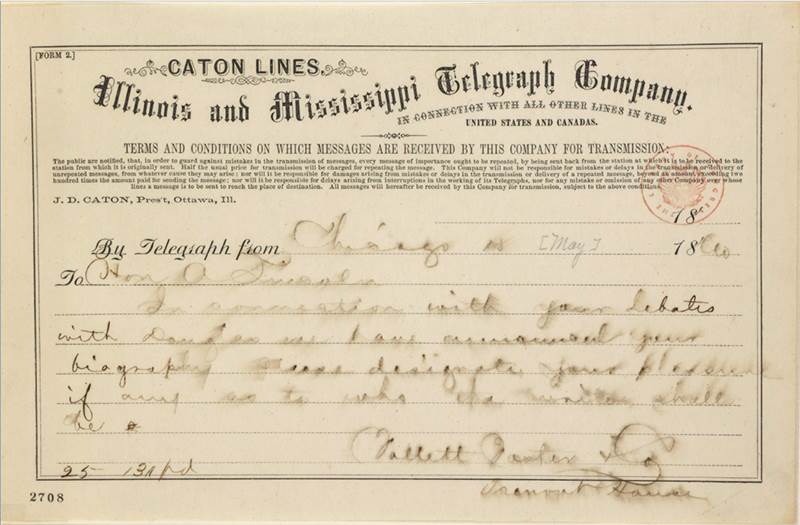 May 1860 telegram to Abraham Lincoln from publisher of unauthorized biography. (Library of Congress)
May 1860 telegram to Abraham Lincoln from publisher of unauthorized biography. (Library of Congress)
I next asked our Lincoln Historian, Christian McWhirter, if he could recommend more places for me to learn more. He pointed me to Lincoln’s Campaign Biographies by Thomas Horrocks. From there, I learned details about the writer(s) of the book. The publisher had commissioned William Dean Howells to travel to Springfield, interview Lincoln, and use the material to write a biography. Howells, an up-and-coming author, did not want to spend the time in Springfield himself. He sent James Quay Howard in his stead. According to his autobiography Years of My Youth, Howells found the idea of going to Springfield “distasteful.” He wrote, “I would not go, and I missed the greatest chance of my life in its kind [. . .]” (202).
Lincoln later received a letter from Samuel Galloway who warned him that Howells might have been too strongly anti-slavery for moderate Republicans. Lincoln’s reply to Galloway is among one of my favorite letters from Lincoln in the ALPLM Manuscripts Collection. In his response, Lincoln describes just how hoarse he had made himself in explaining to Mr. Howard that the work was their responsibility and not his own (“I authorize nothing, will be responsible for nothing.”)
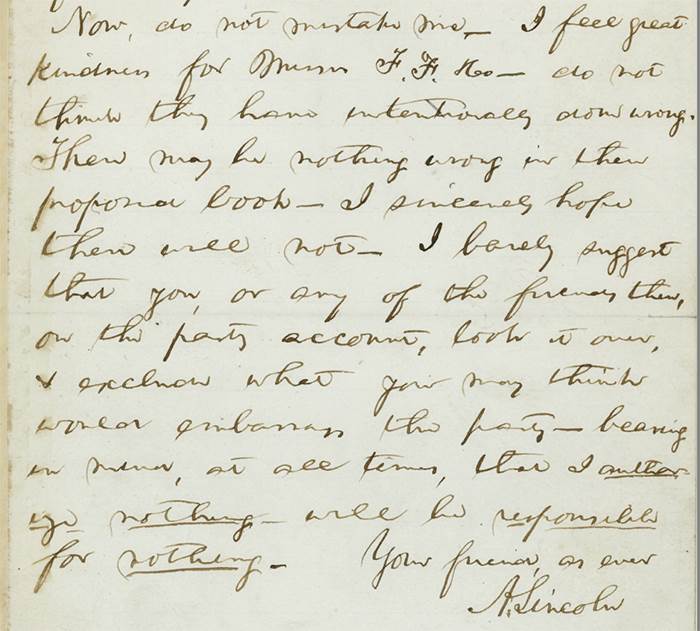 Lincoln to Galloway, June 19, 1860. (Abraham Lincoln Presidential Library and Museum)
Lincoln to Galloway, June 19, 1860. (Abraham Lincoln Presidential Library and Museum)
Researching a bit further, with the help of Teri Barnett and our Newspaper collection, I found a note in the Illinois State Journal (June 15, 1860 page 2) reminding the public that this is NOT to be considered an “authorized” biography.
 An Illinois State Journal item declaring that Lincoln is not responsible for the contents of unauthorized biographies. (ALPLM)
An Illinois State Journal item declaring that Lincoln is not responsible for the contents of unauthorized biographies. (ALPLM)
The message was clear: Lincoln was not responsible for the contents. As far as the responsibility goes, you may be wondering if Howells ever saw Lincoln’s corrected copy. The answer (at least in 1916 when Years of my Youth was written) was no. He wrote, “I have heard that he annotated a copy of it, and that this copy is still somewhere extant in the West; but I am not certain that I should like to see it, much as my curiosity is concerning it. He might, he must, have said some things which could not console me for missing that great chance of my life when I was too young to know it” (203). It’s safe to say Howells felt regret over missing his chance to get to know the man who would later become such a significant figure in history.
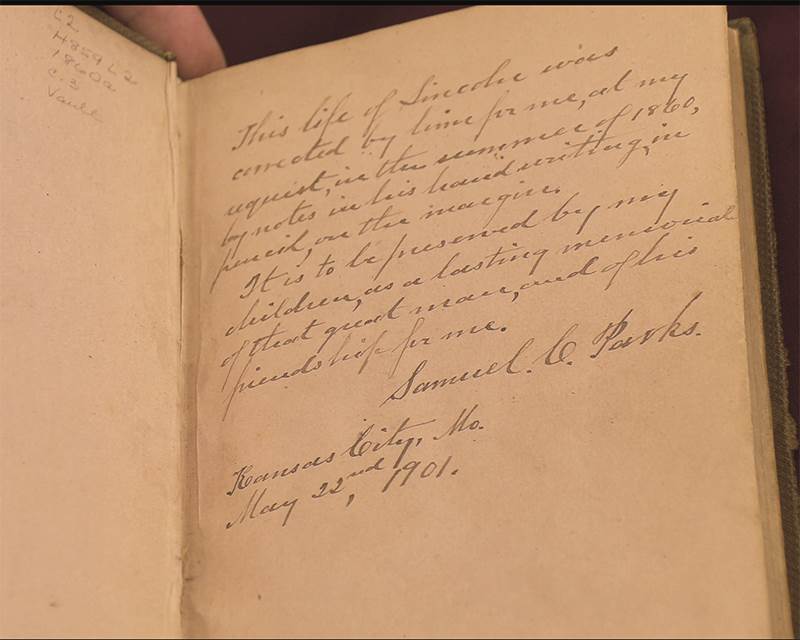 An inscription in Samuel Parks’s copy of Life and Speeches of Abraham Lincoln. (ALPLM)
An inscription in Samuel Parks’s copy of Life and Speeches of Abraham Lincoln. (ALPLM)
How did this copy wind up in Lincoln’s hands? That can be credited to Samuel Parks. The inscription in the front matter of the book reads: “This life of Lincoln was corrected by him for me, at my request, in the summer of 1860, by notes in his handwriting, in pencil on the margins. It is to be presented by my children, as a lasting memorial of that great man, and of his friendship for me. Samuel C. Parks , 1901.” I learned more about Samuel Parks from LawPracticeofAbrahamLincoln.org, a project housed right here at ALPLM. Megan Klintworth, our Iconographer, found a photograph of him for me to share. Parks had practiced law with Lincoln and perhaps that background made him comfortable enough to ask Lincoln to annotate this copy. The book remained in the Parks family until 1942 when the Illinois State Historical Library purchased it from Samuel Parks’s son.
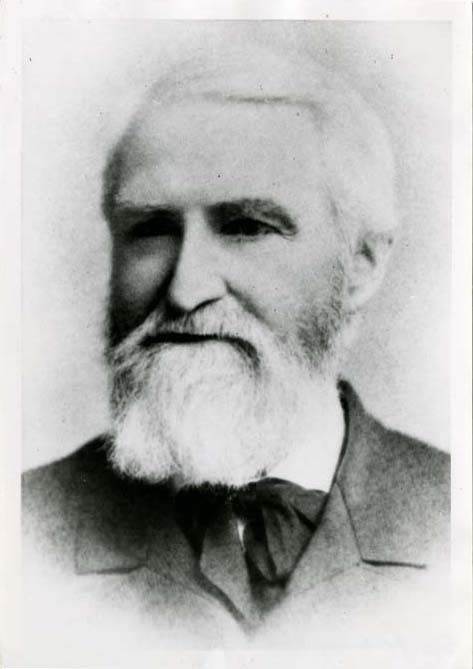 Attorney, politician and judge Samuel Parks.
Attorney, politician and judge Samuel Parks.
It’s always exciting to me the stories that books can tell. Even more exciting was researching this book’s history without ever having to leave our library! The little pieces of ephemera here and there, from telegrams, to letters, to news clippings, can all come together to tell us just a little bit more about items in our collection. What will you find on your next visit?
Meghan Harmon is an ALPLM reference librarian.